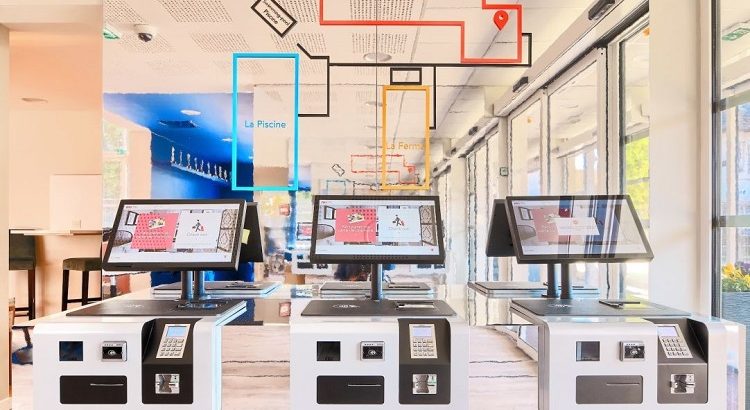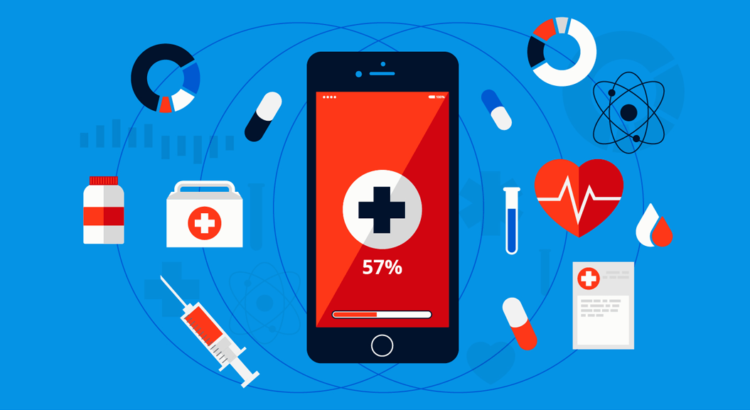Yes, this is the biggest question for every business person 7 out of 10 that “what makes customer’s loyal to a brand”, so there are many reasons why businesses are encouraged to make customer’s loyalty towards a brand. On the basis of these business analyst did a big research and bring a term “customer loyalty program” and really it’s a price effective way to win your customer’s trust and grow your business day by day. This customer loyalty program can helps to address a number of your most vital concerns about growing your business. It’s really so effective that it can work as a part of your marketing strategy campaign also.
Explore the key benefits of getting a customer loyalty program:
Boosts Revenues.

A loyalty program helps in increasing your profits. Loyal customers trust your business, which inspires them to spend more. consistent with research, once you increase customer retention by just 5%, your revenues can increase by as low as 25% and by as high as 100%. The program helps in giving incentives to customers that they really desire. This helps in bringing them back and spending more on your products or services.
No More price war

The Best customer loyalty program assist you move before the competition. It does away with the necessity to compete on price. It adds great value to your product/service that keeps drawing new and existing customers to your brand. once you reward someone, you’re connecting with them at an emotional level. This puts price almost out of the equation. This further helps your customers see your brand as something quite an area to shop for products/services.
Draw New Customers

Your rewards program can do far more than retaining your existing customers. you’ll also use it to draw in new customers. Offering discounts and points for signing-up can draw the eye to new customers, encouraging them to joining your list . If your program is straightforward and allows easier access to rewards, more customers would want to shop for from your brand. Besides, word-of-mouth publicity by your existing customers can further help promote your program to new customers.
Build Brand Advocates

The Best customer loyalty programs can turn your customers in to brand advocates. you’ll be getting far more for the discount , compared to not having such a program. many purchasers wish to not only get value for his or her money, they also wish to help others make the proper buying decisions. consistent with surveys, 7 in 10 millennials want to assist their family and friends to form smart buying decisions.
Save pile.
It is documented that acquiring new customers is an upscale and time-consuming process. it’s less expensive to get business from existing customers than checking out and drawing new customers. Loyalty program makes it possible for you to draw in new customers without having to spend big on the method . Studies show that retaining an existing customer costs only a fraction of what it costs to accumulate a replacement customer.
Access Valuable Data.
The benefits of getting a loyalty program go even further. It also allows you to collect data which will be wont to personalize the customer experience. a part of the method requires getting data from customers once they sign-up. This data are often used for personalizing their buying experience and in creating highly effective marketing campaigns. The result’s building a robust bond together with your customers that keep bringing them back for more.
A Loyalty Program Software helps in making your customers feel appreciated. They desire being valued by your brand. whenever you surprise them with rewards, you’re giving them a much bigger reason to stay with you and promote your brand. It helps retain customers, increase customer lifetime value, draws in new customers, improves communication, and helps build relationships at personal levels that go an extended way. Thus, there are many reasons to make a loyalty program.




















